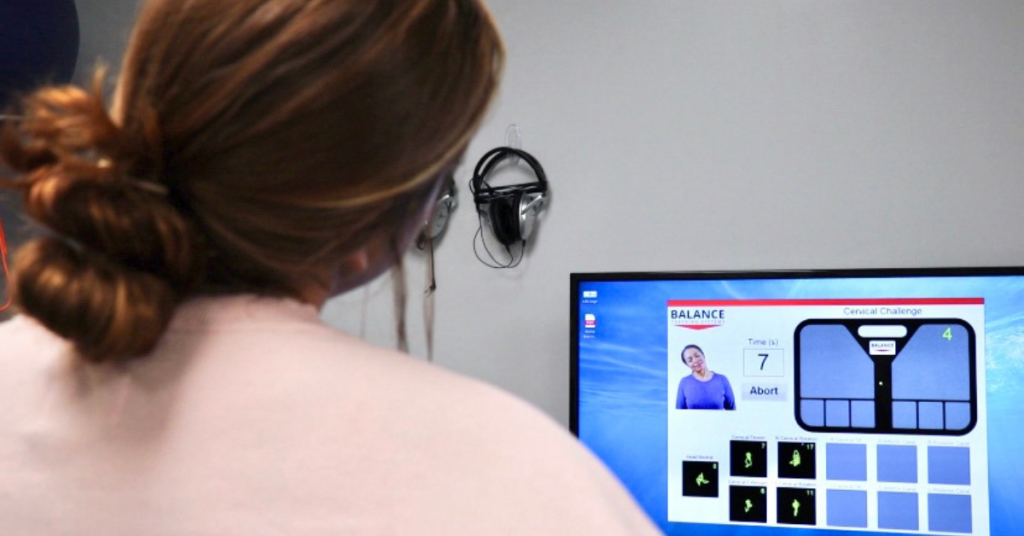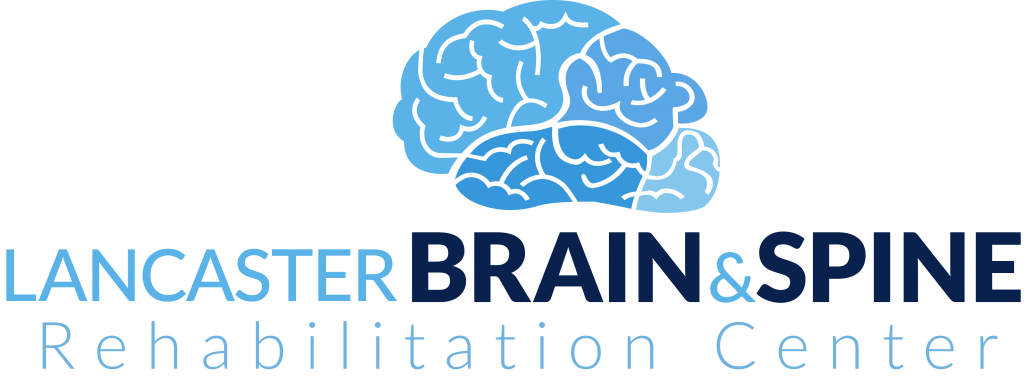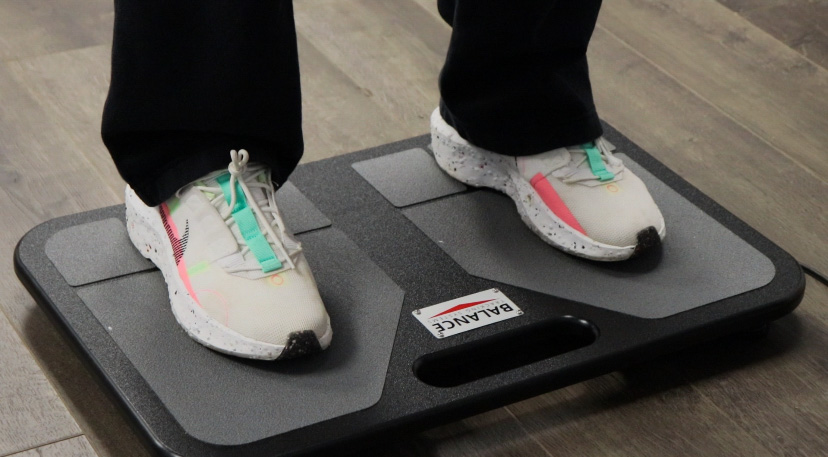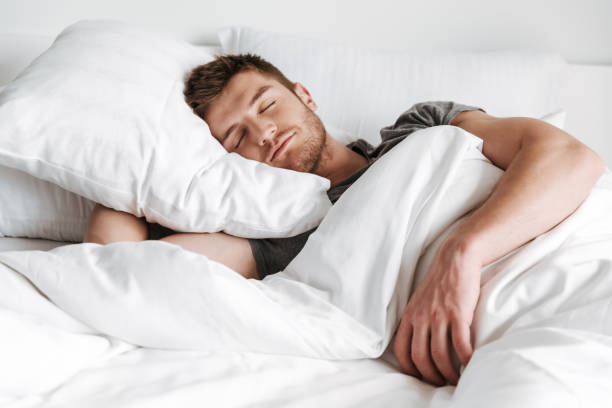As the vibrant leaves change color and crisp autumn air settles in, it’s the perfect time to talk about fall prevention. While the word “fall” may bring to mind cozy sweaters and pumpkin spice lattes, it’s also a reminder of the risks that come with losing balance and falling—especially for older adults. Falls are the leading cause of injury-related hospitalizations for people over 65, but they can be prevented with proper awareness and proactive measures.
At Lancaster Brain & Spine, we specialize in helping individuals stay steady on their feet. From understanding how your vestibular system impacts balance to tips you can implement at home, here’s everything you need to know about reducing your fall risk this season.
The Importance of Fall Prevention
Falls aren’t just minor mishaps; they can lead to serious injuries like broken bones, head trauma, or long-term mobility issues. Even the fear of falling can significantly impact a person’s quality of life, causing them to reduce physical activity and become more sedentary, which ironically increases fall risk.
Addressing balance issues early and creating a personalized prevention plan can keep you or your loved ones safe and active.
How the Vestibular System Impacts Balance
Your vestibular system, located in the inner ear, is the unsung hero of your balance. It works alongside your vision and proprioception (your body’s sense of position in space) to keep you steady.
When your vestibular system isn’t functioning properly, it can lead to dizziness, vertigo, or unsteadiness—common contributors to falls. Conditions like vestibular neuritis, Meniere’s disease, or even aging-related changes can disrupt this system.
At our clinic, we use advanced diagnostic tools like Vestibular-Ocular Reflex (VOR) testing, balance platforms, and other assessments to pinpoint vestibular dysfunction and create a targeted treatment plan.
Balance Testing: Know Your Risk

In-Clinic Balance Testing:
At Lancaster Brain & Spine, we offer state-of-the-art balance testing to evaluate your risk of falling. Our tests assess your ability to stand, walk, and recover from disturbances, helping us identify any weaknesses in your vestibular, visual, or proprioceptive systems.
At-Home Balance Testing:
While professional testing is ideal, there are simple ways to evaluate your balance at home:
• Single Leg Stand Test: Try standing on one leg for 30 seconds without holding onto anything. If this feels challenging, it’s a sign you may need balance training.
• Tandem Walk Test: Walk heel-to-toe in a straight line for 10 steps. Difficulty maintaining a straight path may indicate balance issues.
If you notice difficulties with these tests, it’s a good idea to seek a professional evaluation.
Tips for Fall Prevention
Preventing falls doesn’t have to be complicated. Here are simple steps to reduce your risk:
1. Stay Active:
Regular exercise improves strength, flexibility, and coordination. Focus on activities like yoga, tai chi, or walking that promote balance and stability.
2. Eliminate Hazards at Home:
Preventing falls begins with making your home as safe as possible. Start by securing loose rugs or removing them entirely to avoid tripping hazards. Clear clutter from walkways to ensure unobstructed paths. Installing grab bars in bathrooms and along stairways can provide extra support where slips are more likely. Additionally, make sure your home is well-lit, particularly in high-traffic areas, to improve visibility and reduce the risk of accidental falls.
3. Wear Supportive Footwear:
Avoid slippery soles or high heels, and choose shoes that offer good grip and support.
4. Stay Hydrated:
Dehydration can cause dizziness and low blood pressure, increasing fall risk.
5. Have Your Eyes Checked:
Poor vision can impact depth perception, making it harder to navigate uneven surfaces. Regular eye exams are crucial.
6. Review Medications:
Some medications can cause dizziness or drowsiness. Talk to your healthcare provider about side effects and alternatives.
7. Strengthen Your Vestibular System:
Exercises like head turns, balance beam walking, or standing on an unstable surface (like a foam pad) can improve your vestibular function.
How Lancaster Brain & Spine Can Help
At Lancaster Brain & Spine, we take a comprehensive approach to fall prevention. Our balance and vestibular evaluations allow us to create personalized plans tailored to your unique needs. We may incorporate:
• Vestibular rehabilitation therapy (VRT): Exercises designed to retrain your vestibular system.
• Balance training: Using tools like balance platforms and interactive exercises to improve coordination.
• Neurological care: Addressing any underlying brain or nerve conditions that may impact balance.
Don’t Let Fall Risks Hold You Back
Falling isn’t a normal part of aging, and it’s never too early to take steps to protect yourself. By understanding your risk factors and working proactively to improve balance and strength, you can enjoy the autumn season without fear.
Whether you’re looking for a thorough balance assessment or guidance on staying steady on your feet, Lancaster Brain & Spine is here to help. Schedule your appointment today and take the first step toward a safer, healthier future.
Call us at (717) 299-9600 or visit www.lancasterbrainandspine.com to learn more.






